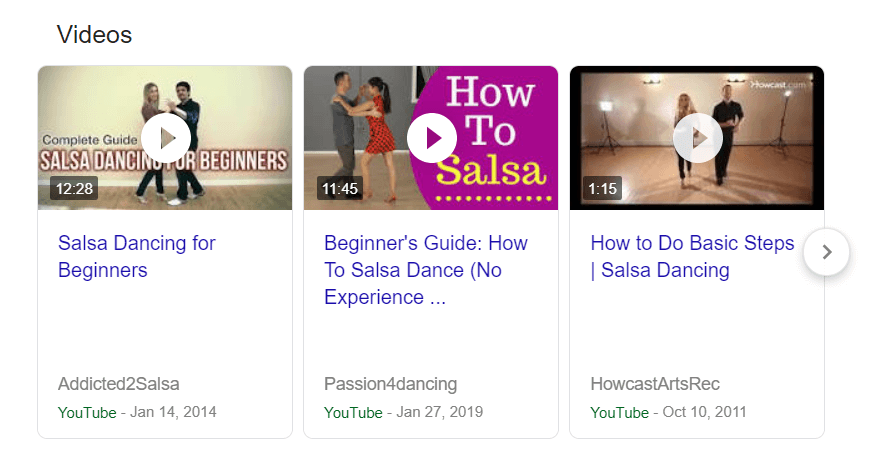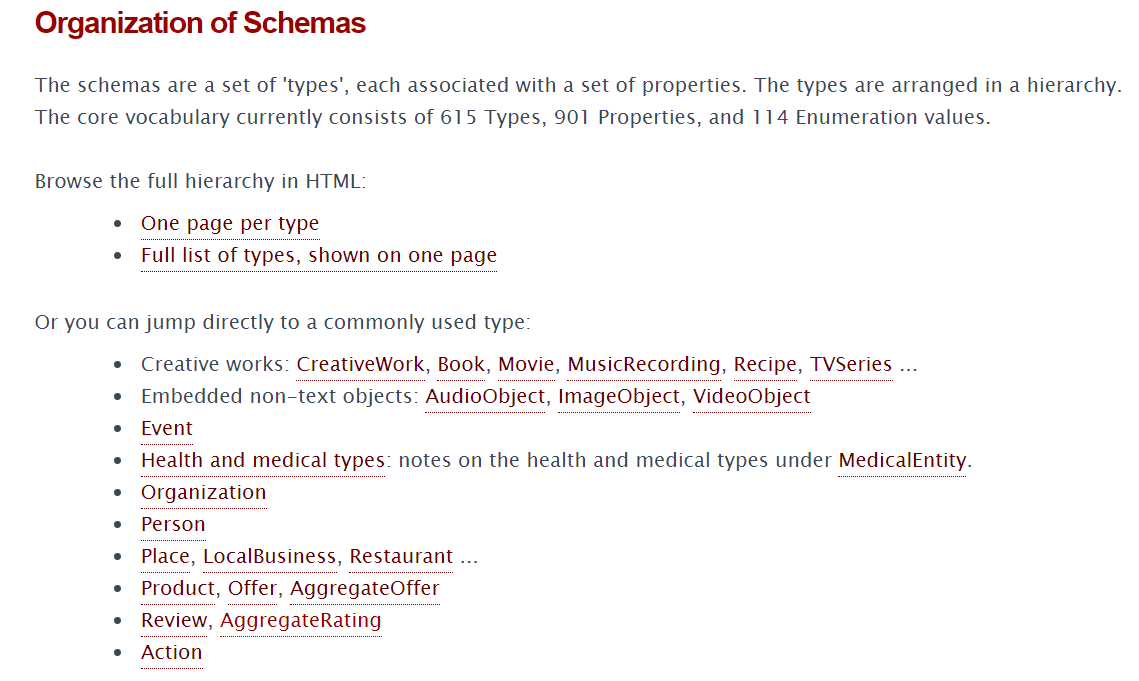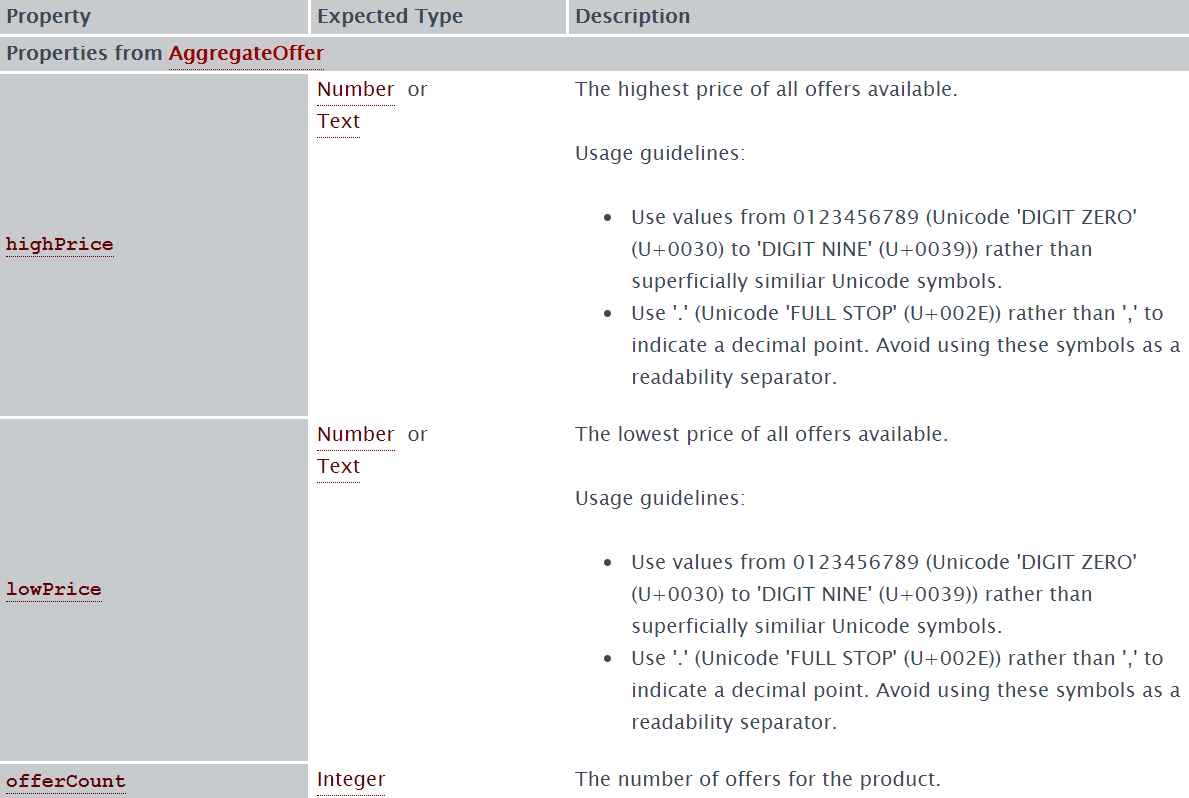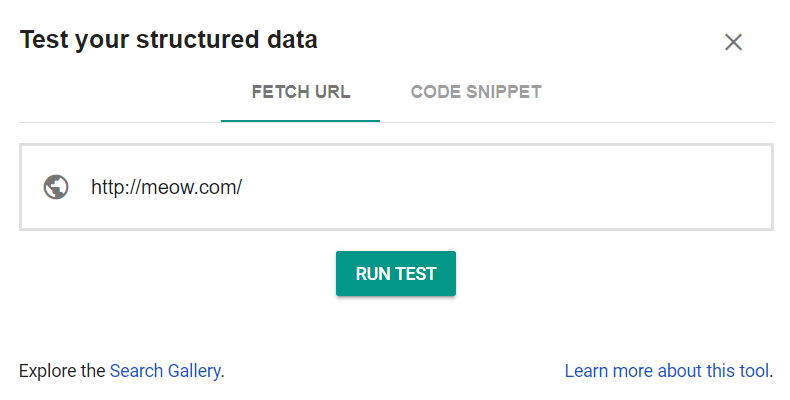Rich Snippets Optimization: How to Stand Out in the SERP
How to
Rich snippets are a valuable but rarely used way to promote a site. So, you have a way to get ahead of your competitors in the fight to attract the target audience from search results.
Rich snippet works as an eye-stopper for users. If you ignore these promotion opportunities, your competitors will get more benefits. But how to put rich snippets into practice?
Let’s cut to the chase!
- 1. What Are Snippets
- 2. How Rich Snippets Work in the SERP
- 3. Types of Rich Snippets
- 4. How to Сreate Rich Snippets that Work Well
- Let’s Wrap It Up
1. What Are Snippets
Let's start with basic terminology. What are snippets? Every snippet is a block representing your site in search results. Thus, it’s an elbow room for SEO optimization.
Your snippet is like a magazine’s title. It is from it that one can understand the nitty-gritty of both a landing page and the site as a whole. The main task of the snippet is to catch the user’s attention. It gives a gist of what is placed on the page without directly switching to it. Basically, the snippet consists of:
- title
- URL
- description

The more attractive the snippet, the more often users will click on it, and the higher the click-through rate will be, that is, the ratio of the number of snippet impressions to the number of clicks on it. As a result, here's the logical chain: attractive snippet → more clicks (higher CTR) → higher site traffic.
Read more → Structured data testing tool
2. How Rich Snippets Work in the SERP
Rich snippets are common snippets from Google search results that display additional data. It’s usually taken from the structured data found in the HTML code of the page. Pages with rich snippets look nicer in search results than regular ones. Rich snippets allow users to see the value of a website before they click and visit it, which, consequently, decreases the bounce rate. Therefore, the use of rich snippets can increase the click-through rate and drive traffic to your website.
3. Types of Rich Snippets
Let's pay attention to the rich snippets that will help drive traffic to your website. These are effective methods that affect how users perceive your website in search results. Tailor the snippet to your website key properties.
3.1. Recipe
For example, your website brings out recipes. A snippet may contain a photo of the dish, cooking instructions, reviews, star rating, and even the time to prepare the dish.

3.2. Video
If your website contains many videos, then you should help search engines identify them. The video markup will help Google understand the content of your video.

3.3. Event
If you need to focus on a specific event, then the events markup will help to display the date, time, location and other details.

3.4. The Star Rating
It's often based on:
- article / product / page rating
- ratings from reviews
To get a chance to improve your snippet in this way, you need to implement AggregateRating markup or use similar extensions for your CMS. Let’s take a look at the example.

3.5. Product Markup
The product markup can spice up any plain-looking snippet. You can place a price here, or a picture of a product, and create a catchy snippet. The affordable price for a particular category acts like clickbait.

3.6. ‘How-to’ snippets
These are extended answers providing step-by-step instructions. Google loves them and so do the users. Q&A, How-to, and FAQ are announced ‘best answer carousel’. The completeness of information coverage is a great thing. It adds value to the snippet. And don't forget about numbered or bulleted lists.

4. How to Сreate Rich Snippets that Work Well
The first thing you need to know is that Google drags rich snippet data from structured markup. To date, most websites use Schema.org markup. That’s because major search engines such as Google, Bing, Yandex, and Yahoo understand Schema, and it’s just a piece of cake to implement it.- Identify the type of rich snippet that matches your website.

- Follow the guideline.

- Check off as you go having Google’s solid guideline on structured data open in a new tab.
You can add structured data code to your website by using plugins, microdata, RDFa, or JSON-LD. The last option is the easiest way to add structured markup to your page since it doesn’t break your website as easily as other markups. And Google prefers it, which is a driving reason.
It’s worth noting that even full compliance with all the rules doesn’t guarantee that your snippet will be displayed correctly. It doesn’t mean that you should stop optimizing rich snippets. Structured data heightens the chances that your snippet will display correctly in search results but still no one has a 100% guarantee.
Anyway, take the last step to cut off the doubts – test the markup setup on Google Structured Data Testing Tool. Here you go with two options:
- fetch a live URL from your site
- copy and paste HTML code

Let’s Wrap It Up
Anyone who wants to increase site traffic and click-through rate in search results should opt for rich snippets. Thanks to the star rating, product markup, recipes and other valuable bits and pieces, your snippet becomes an eye-stopper for the internet surfers. Just a couple of steps and you’ll have a significant advantage over ‘common’ snippets in your niche.
Having won acclaim and being on the first page of search results, you need to attract the user's attention. Choosing a snippet optimization format is up to you. But if turn a blind eye, then your competitors will get all the clicks.



